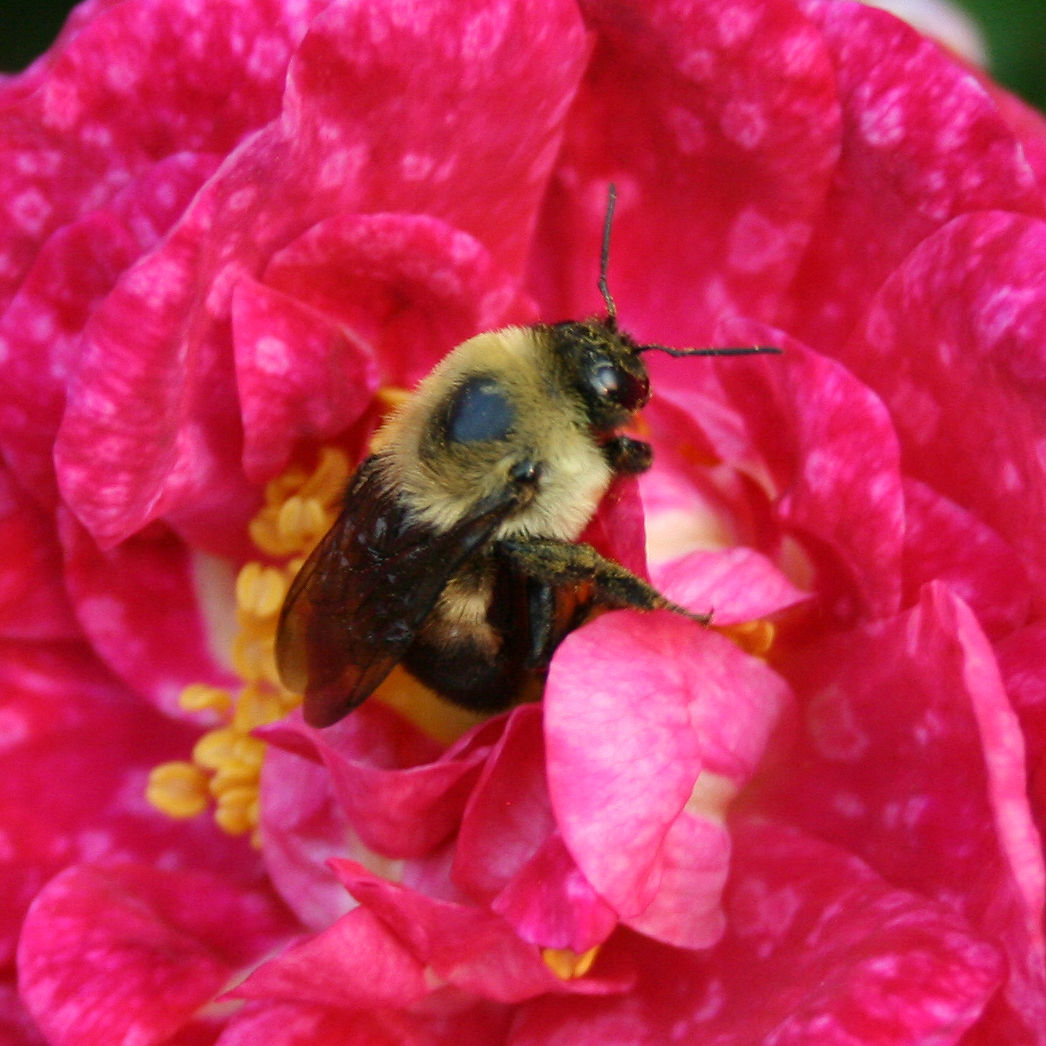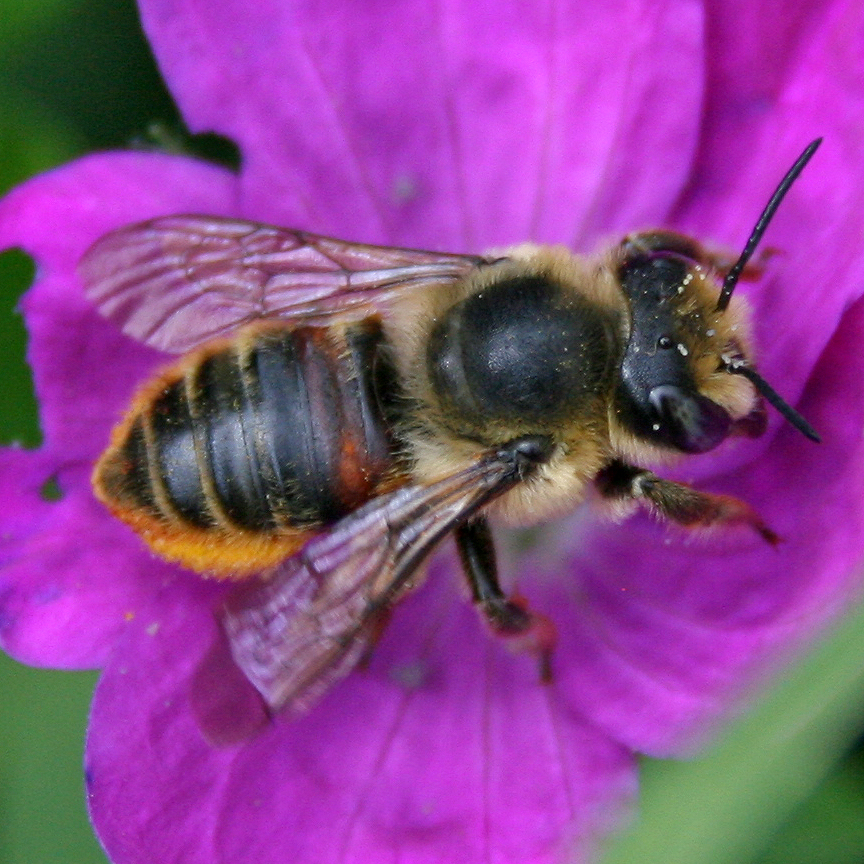Colorado Native Bees
Have you ever stopped to consider the importance of Colorado native bees? These busy insects are crucial to the state's ecosystems, supporting agriculture and wildlife alike. Without them, our environment would suffer in numerous ways.
Pain Points of Colorado Native Bees
One of the biggest pain points related to Colorado native bees is their declining population. These bees are facing habitat loss, pesticide exposure, and climate change, all of which are putting their survival at risk. This decline could have disastrous consequences for our state's biodiversity and food systems.
The Target of Colorado Native Bees
The target of Colorado native bees is to provide pollination services to plants that are crucial to our state. These bees are invaluable in helping to pollinate crops and maintain wildflower populations. Without them, many plants would be unable to reproduce and sustain their populations, including important food crops like almonds, berries, and tomatoes.
Main Points about Colorado Native Bees
In summary, Colorado native bees are an important part of our state's ecosystem. Their declining populations and the factors contributing to it are a cause for concern. However, by taking steps to protect and support these bees, we can help to ensure their continued success and the health of our environment.
Why Bees Matter and My Personal Experience
Personally, I have always been fascinated by the role bees play in the environment. I remember the first time I saw a swarm of bees pollinating wildflowers in a meadow, and it was a breathtaking sight. It's easy to forget just how much we depend on these tiny creatures, but we can't afford to take them for granted. By supporting conservation efforts and reducing our use of harmful pesticides, we can help to protect the bees that are so essential to our ecosystem.

The Importance of Supporting Colorado Native Bees
Another important reason to support Colorado native bees is that they are often better adapted to local growing conditions than non-native bees. These bees have evolved to thrive in our state's unique climate and terrain, and they are better equipped to pollinate the plants that are indigenous to our area. By supporting Colorado native bees, we can help to preserve our state's natural heritage and contribute to the health of our local ecosystems.

The Role of Habitat Conservation in Protecting Colorado Native Bees
To protect Colorado native bees, it's important to focus on conserving their habitats. This means preserving open spaces, avoiding the use of harmful chemicals, and planting native flowers and plants in our gardens and parks. By creating more habitats for bees to thrive in, we can help to support their populations and promote healthy ecosystems.

The Dangers of Pesticides for Colorado Native Bees
One of the biggest threats to Colorado native bees is the use of harmful pesticides. These chemicals can be lethal to bees and other pollinators, as they can interfere with their nervous systems and cause physical harm. To protect these vital insects, it's important to avoid using pesticides that are known to be toxic to bees and to choose organic or natural alternatives whenever possible.

Question and Answer
Q: What types of flowers do Colorado native bees prefer?
A: Colorado native bees prefer a variety of flowers, including wildflowers, asters, goldenrod, and sunflowers.
Q: How can I support Colorado native bees in my own backyard?
A: You can support Colorado native bees by planting native flowers and herbs in your garden, providing nesting materials like hollow sticks or dried plant stems, and avoiding the use of pesticides.
Q: How many species of Colorado native bees are there?
A: There are more than 900 species of native bees in Colorado.
Q: Are honey bees native to Colorado?
A: No, honey bees are not native to Colorado. They were introduced to North America by European settlers.
Conclusion
Colorado native bees are a vital part of our state's ecosystems, contributing to the pollination of many of our food crops and wildflowers. By taking steps to protect and support these bees, we can help to ensure their survival and the health of our environment. From planting native flowers to avoiding the use of pesticides, there are many ways we can work together to ensure a vibrant future for Colorado's native bees.
Gallery
Twenty Pound Tabby: More Colorado Native Bees

Photo Credit by: bing.com / bees native colorado bumble there tabby pound twenty orange
Twenty Pound Tabby: More Colorado Native Bees

Photo Credit by: bing.com / colorado bees green little bee native pound twenty tabby anthidium sedum eyed
Twenty Pound Tabby: Native Bees Of Colorado

Photo Credit by: bing.com / colorado bees bee native tabby bumble pound twenty anthophora ground amazing
Twenty Pound Tabby: Native Bees Of Colorado

Photo Credit by: bing.com / bees colorado native mountain pound tabby twenty nevadensis opposite trouble bombus bumble biggy having getting scale side
Twenty Pound Tabby: More Colorado Native Bees

Photo Credit by: bing.com / colorado bee bees red tabby bumble native twenty pound